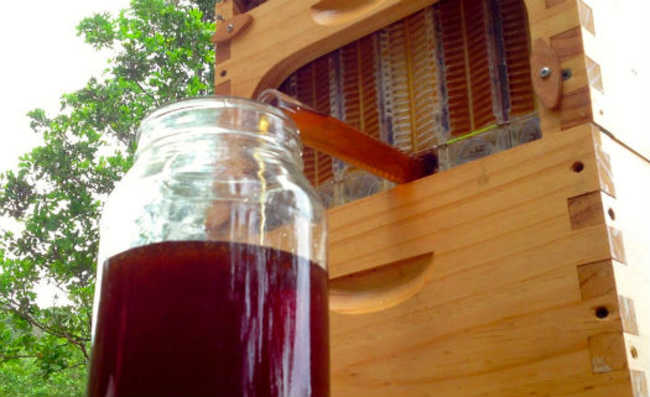Neem tree generates beneficial products
Neem plant generates products against pests and diseases and even personal hygiene items

The Neem tree, also known as neem, is a plant with a scientific name. Azadirachta indica. Of Indian origin, the neem tree was brought to Brazil in 1982. As a peculiar characteristic, it presents the capacity of its seeds, fruits, leaves and bark to provide substances for the development of products against the manifestation of pests.
- Learn about the different uses of neem
Those responsible for the success in combating pests, domestic animals and plant diseases are the substances Nimbina, Salanina and Azadiractin. Products that contain some of these elements can act in different ways on insects, such as repellents, appetite suppressants and insecticides.
In livestock and agriculture, the products act on plants and domestic animals against possible pests and diseases. Thanks to its use, grasshoppers, aphids, beetles, caterpillars and other pests do not attack crops and diseases caused by fungi and bacteria cease to act. For use on animals, the products of the neem tree serve as a dewormer, tick and control of the bovine horn fly. These products are harmless to mammals, birds and humans.
Common in the Northeast region of Brazil, being easily adaptable to semi-arid conditions, resistant to high temperatures and drought, the neem tree can reach 10 meters in height in a few years and produces its first fruits between 2 and 5 years after planting. The flowers of the neem plant are also very pleasing to bees in the pollination process. The tree also generates excellent quality wood, resistant to termites and widely used in the construction of boats, civil and rural construction, as well as furniture.
The seeds of the neem plant are also very useful, as it is from them that neem oil is extracted, which is used in the production of medicines for veterinary and human use, insecticides for organic agriculture and personal hygiene items such as soaps, shampoos. and tooth and skin creams.










